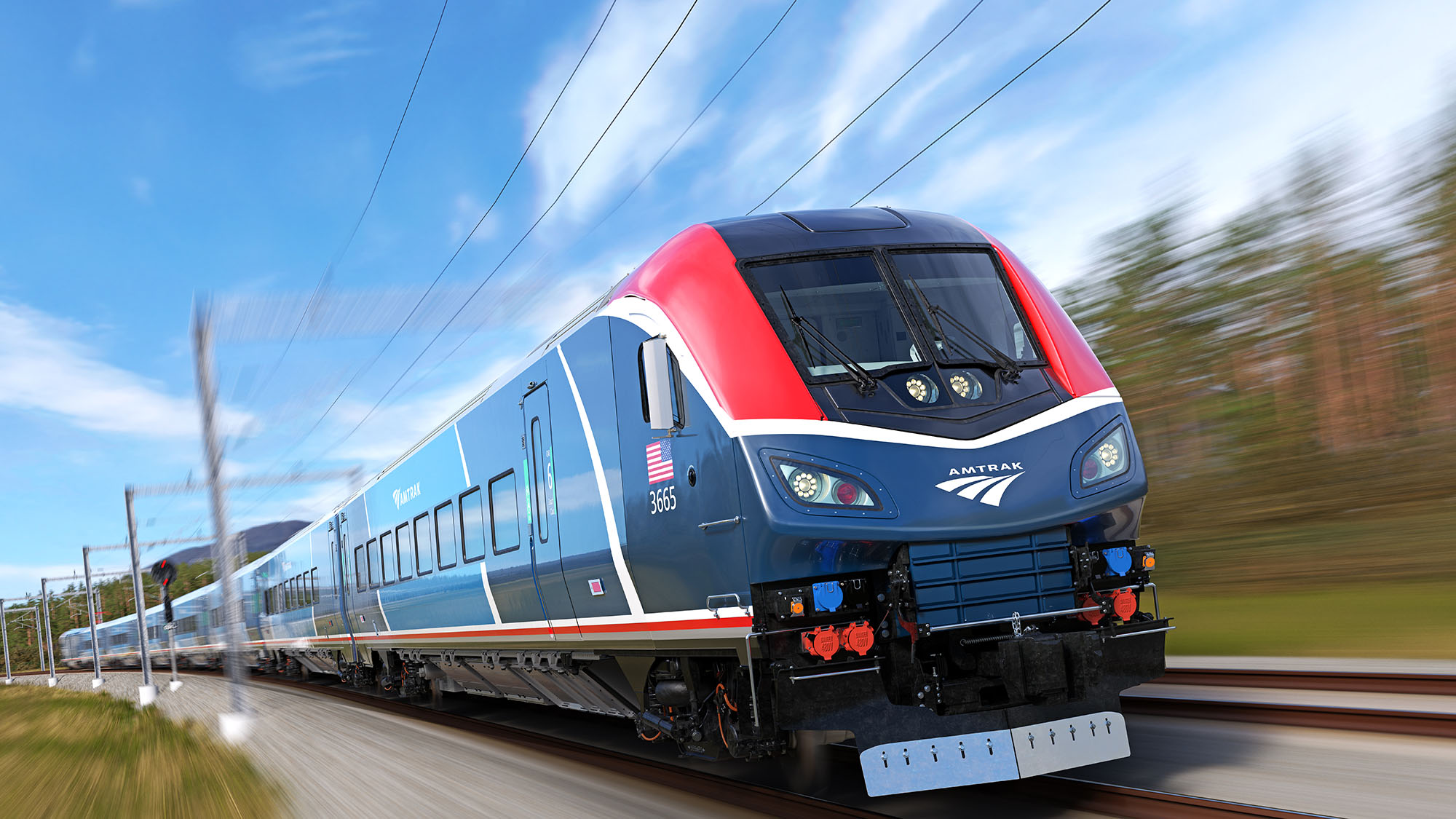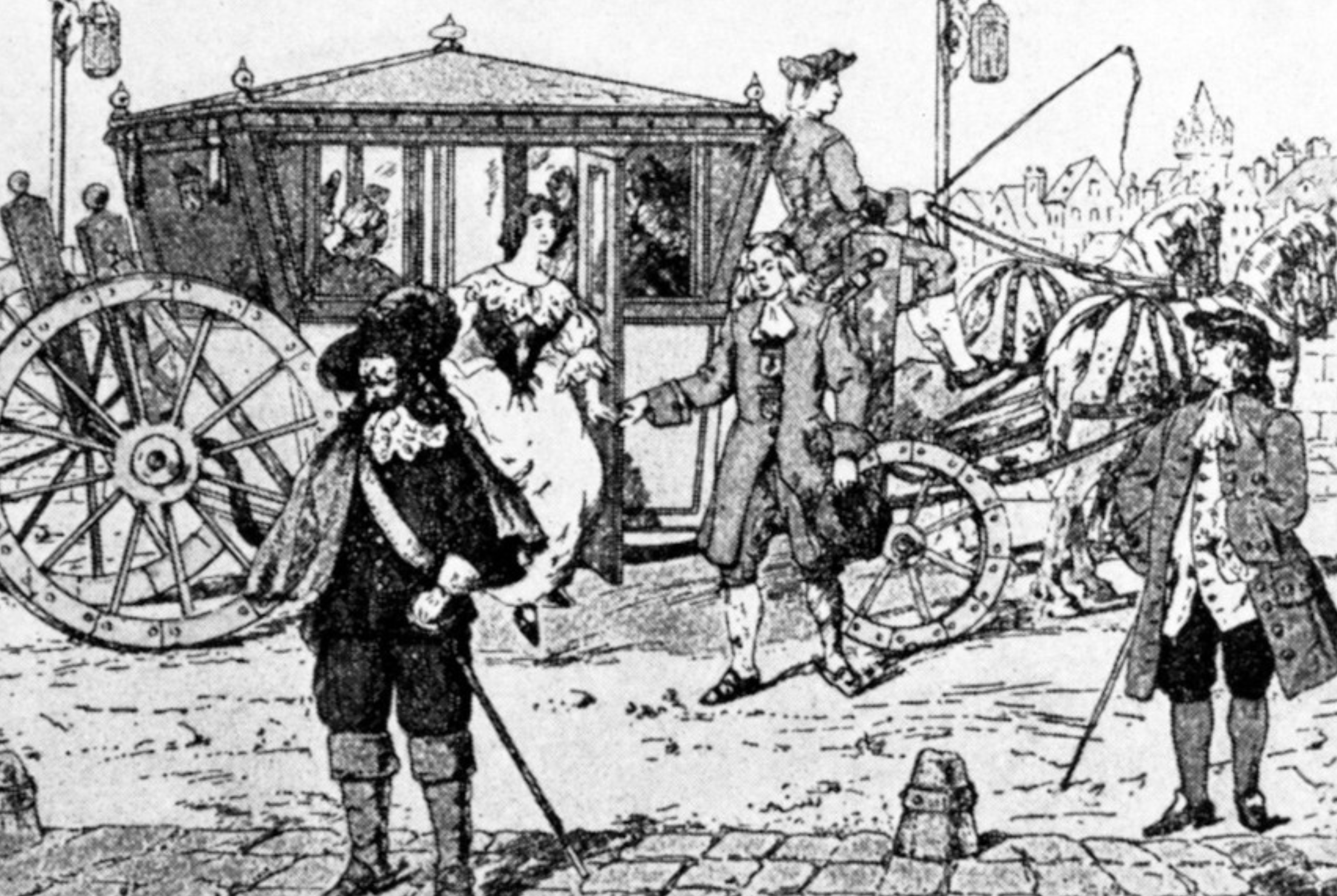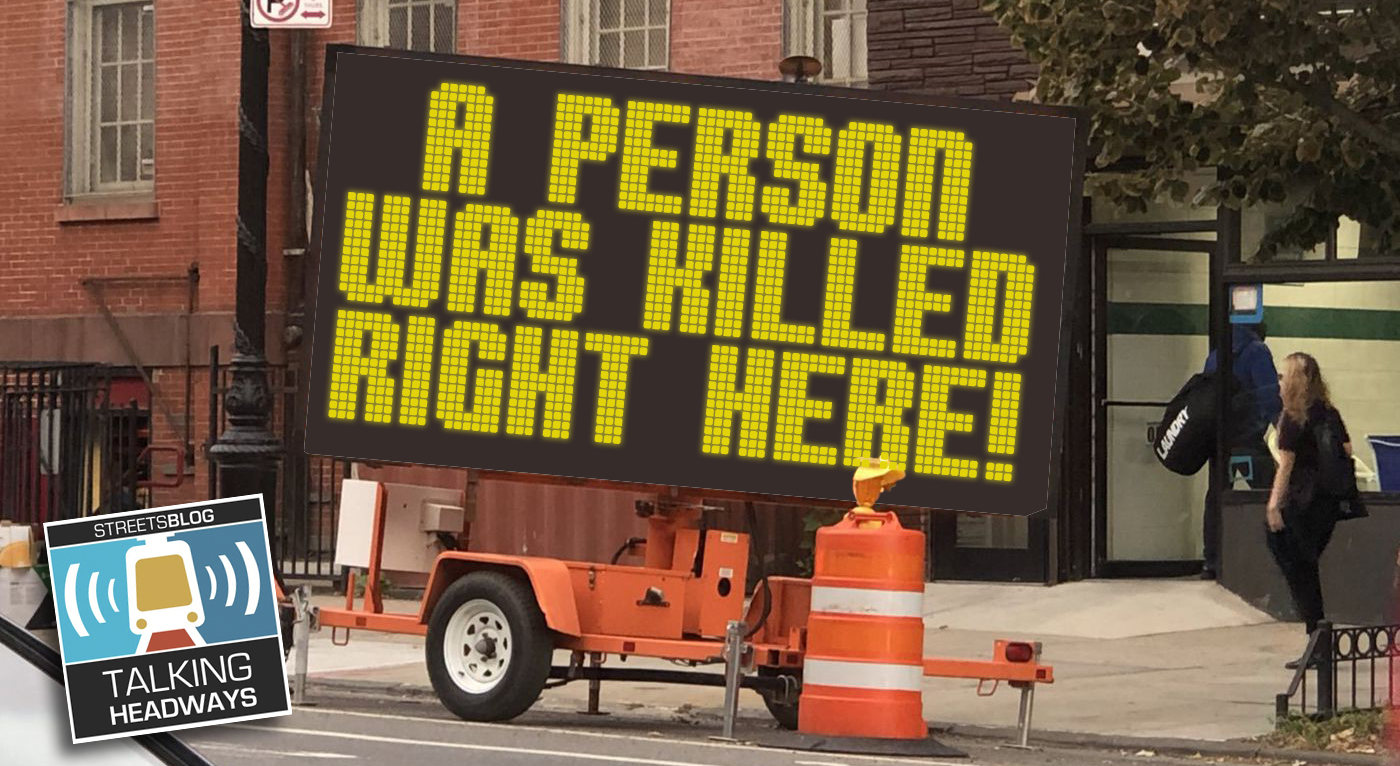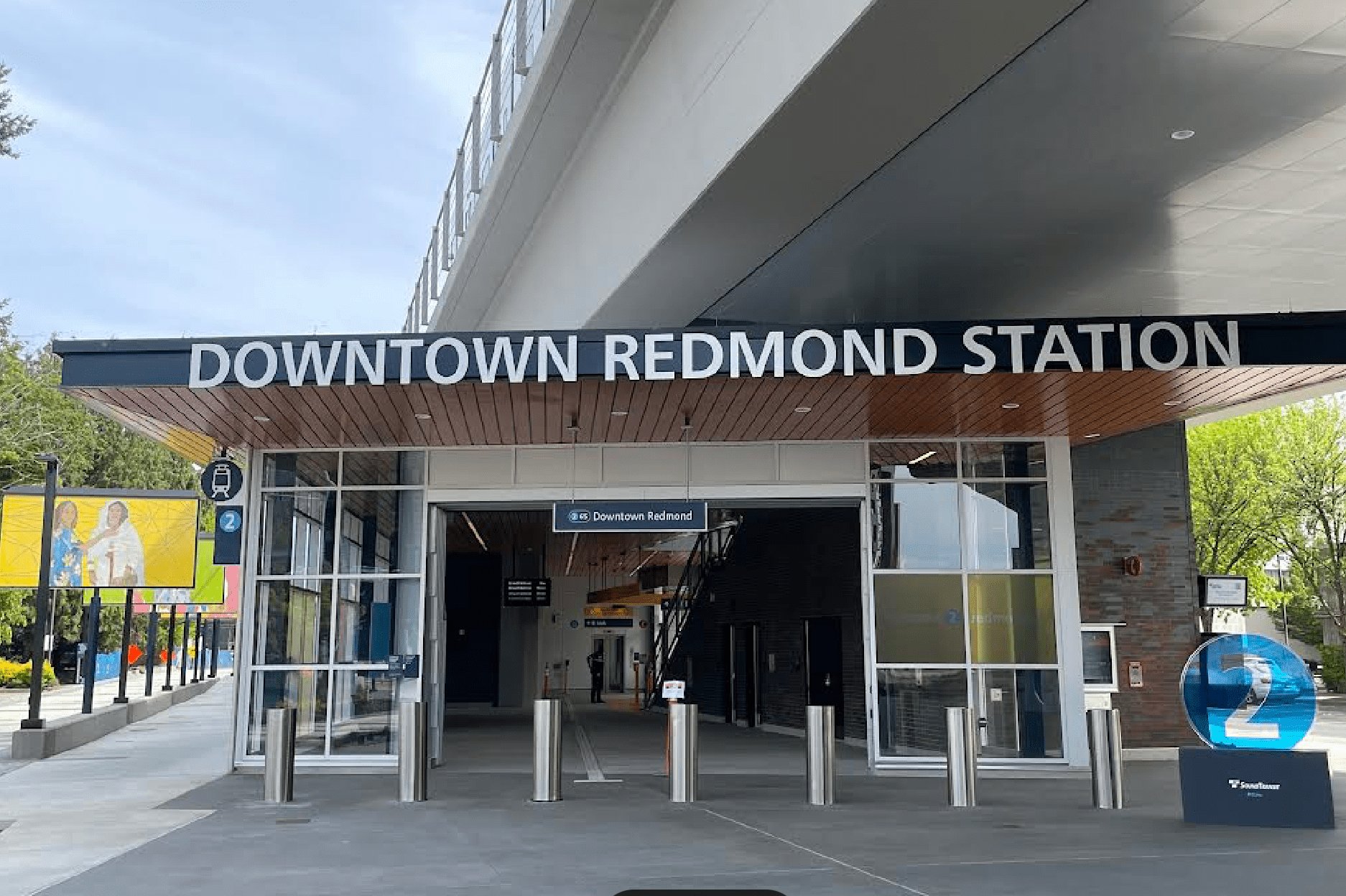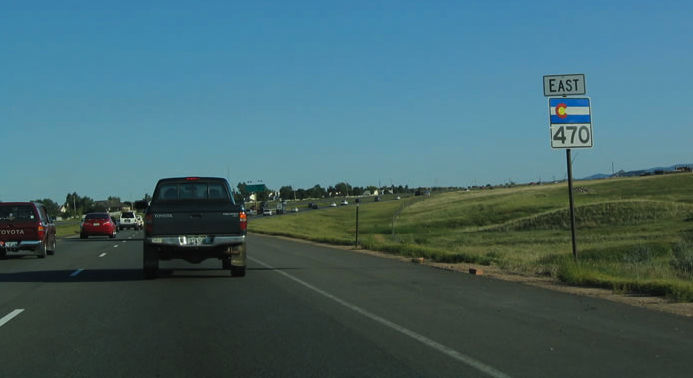
A recent report by U.S. PIRG and the Frontier Group, “Highway Boondoggles: Wasted Money and America’s Transportation Future,” examines 11 of the most wasteful, least justifiable road projects underway in America right now. Here’s the latest installment in our series profiling the various bad decisions that funnel so much money to infrastructure that does no good.
Local and state officials are eagerly pushing forward on a $230 million project to add new tolled “express” lanes along an existing 12-mile stretch of a road southwest of Denver that was built in the late 1980s. The original Colorado 470 encouraged the expansion of far-flung development, benefiting a set of suburban land developers. A recent analysis suggests that expanding the highway would deliver little net benefit, and that the expanded highway may not receive as much use as planners anticipate.
The $230 million C-470 project has two elements. The first is a $77 million reconstruction effort that will add structural support to the existing two lanes in each direction, which will remain free to drivers. The additional $153 million would be used to build additional lanes on a 12-mile stretch between Platte Canyon Road and I-25, which would be tolled. Tolls would be assessed in-lane, at-speed, with variable rates based on time of day.
While the need to reconstruct the existing roadway has not been contested, the state’s own analysis finds limited benefits from adding new lanes. According to the state, the benefits of building the additional lanes — including time and fuel savings for drivers — will not exceed the costs until 2032 at the earliest, and more likely not until 2040. In other words, a Denver-area resident who turns 18 in 2014 would only begin to see the region benefit from the project when she is 36 years old, and more likely not until she is 44.
Nearly all of those benefits result from anticipated reductions in congestion that assume traffic on the existing C-470 will increase at a brisk pace. But recent trends on the highway put that assumption in doubt. Data are limited because Colorado DOT operates just one continuous traffic counter on this section of C-470, but between 2002 and 2014, traffic at that location increased by an average of 0.5 percent per year. Yet CDOT assumes that traffic will increase by an average of 1.9 percent per year from 2015 through 2035. Traffic has increased at that projected rate in only two of the last 11 years, while actually declining in four of those years.

CDOT does not explain why it expects an almost four-fold increase in traffic growth when current trends are moving in the opposite direction.
While the C-470 project would be paid for in part by tolls, taxpayers would also bear a significant share of the costs. Toll revenues are expected to support $103 million in toll-revenue backed bonds, which would supplement $80 million in federal funds, $22 million in state funds, and $10 million in contributions from nearby local and county governments (who have already started pitching in what is projected to be an additional $20 million in planning costs and making related improvements). If the increase in toll-paying traffic projected by CDOT does not occur, the public will be on the hook to make up the difference.
Phineas Baxandall, senior policy analyst at U.S. PIRG, and Jeff Inglis, policy analyst at the Frontier Group, are co-authors of the report, “Highway Boondoggles: Wasted Money and America’s Transportation Future.”
